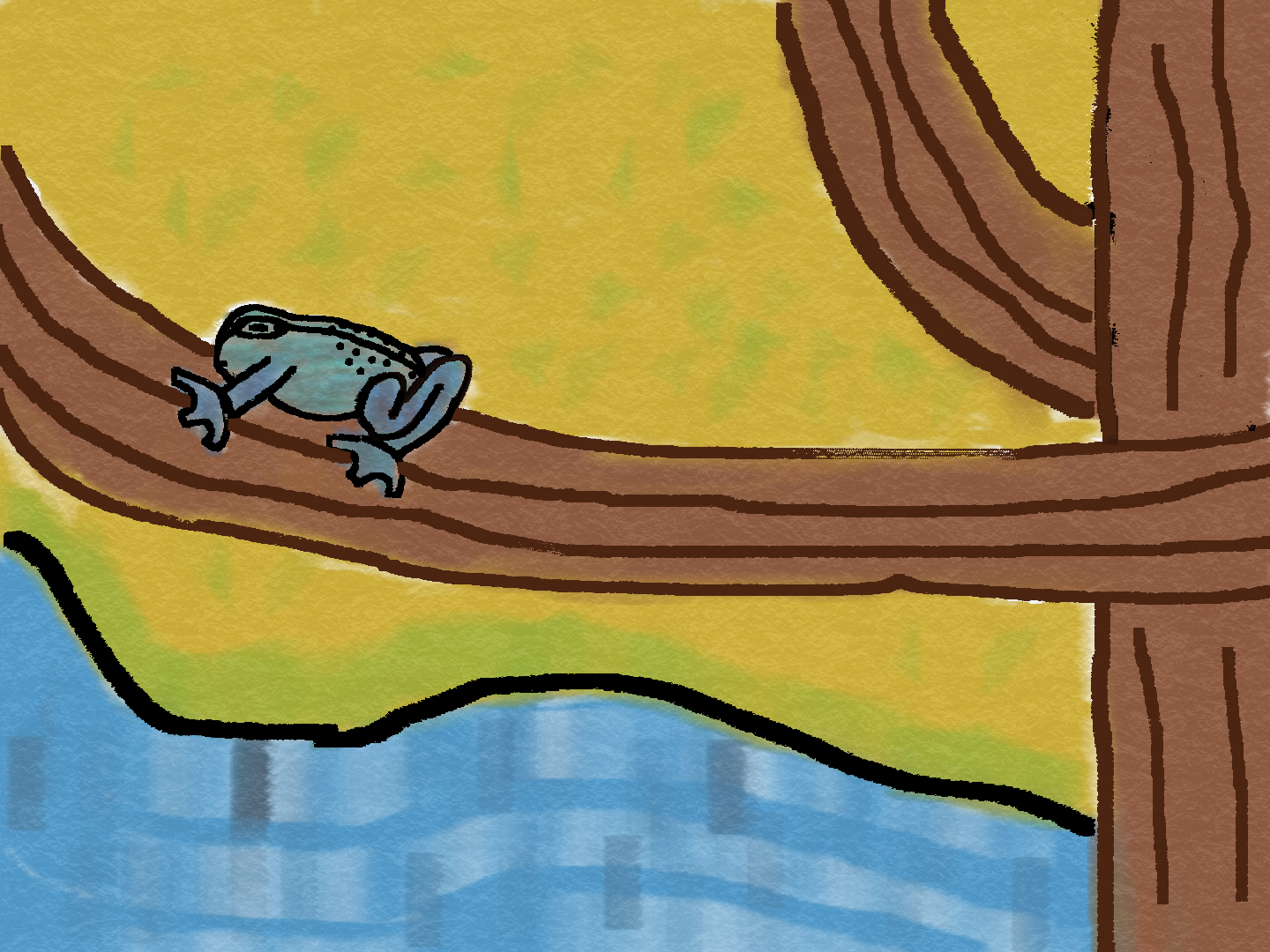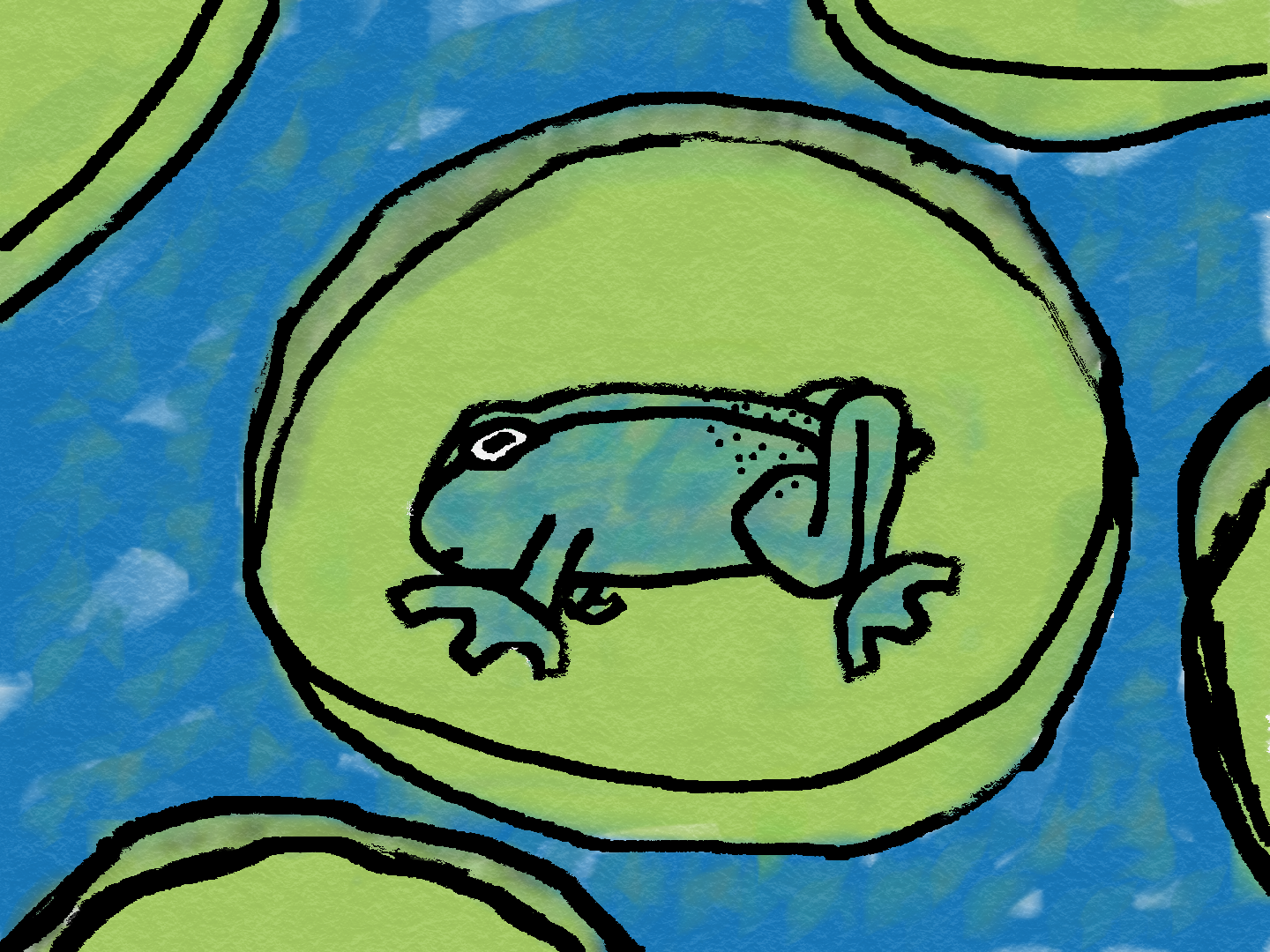The present 2” long, blue poison dart frog is covered in bright light blue with cyan to warn predators of its poison. The dark spots speckling its body prevent it from being detected in its environment. Scientists guess that the frog’s toxicity comes from rainforest insects consumed.
In the future, its current South/Central American rainforest habitat is likely to turn into both savannahs and marshes with current toxicity-aiding insects diminishing, thus making frogs safer for predators to eat. Further, the blue covering would become more apparent and by natural selection, the brighter frogs would be consumed by the predators that had evolved to be able to safely consume the now, less poisonous frogs. The savannah frog’s size would decrease to conceal the frog and lessen quantity of necessary food; the marsh frog would increase in size due to more prevalent insects. The frog’s eyesight would improve to help scout predators.
Contact us
Thank you for your interest in contacting Future Engineers. We look forward to connecting with you!
General Inquiries
support@futureengineers.orgSponsorship Inquiries
sponsor@futureengineers.org


